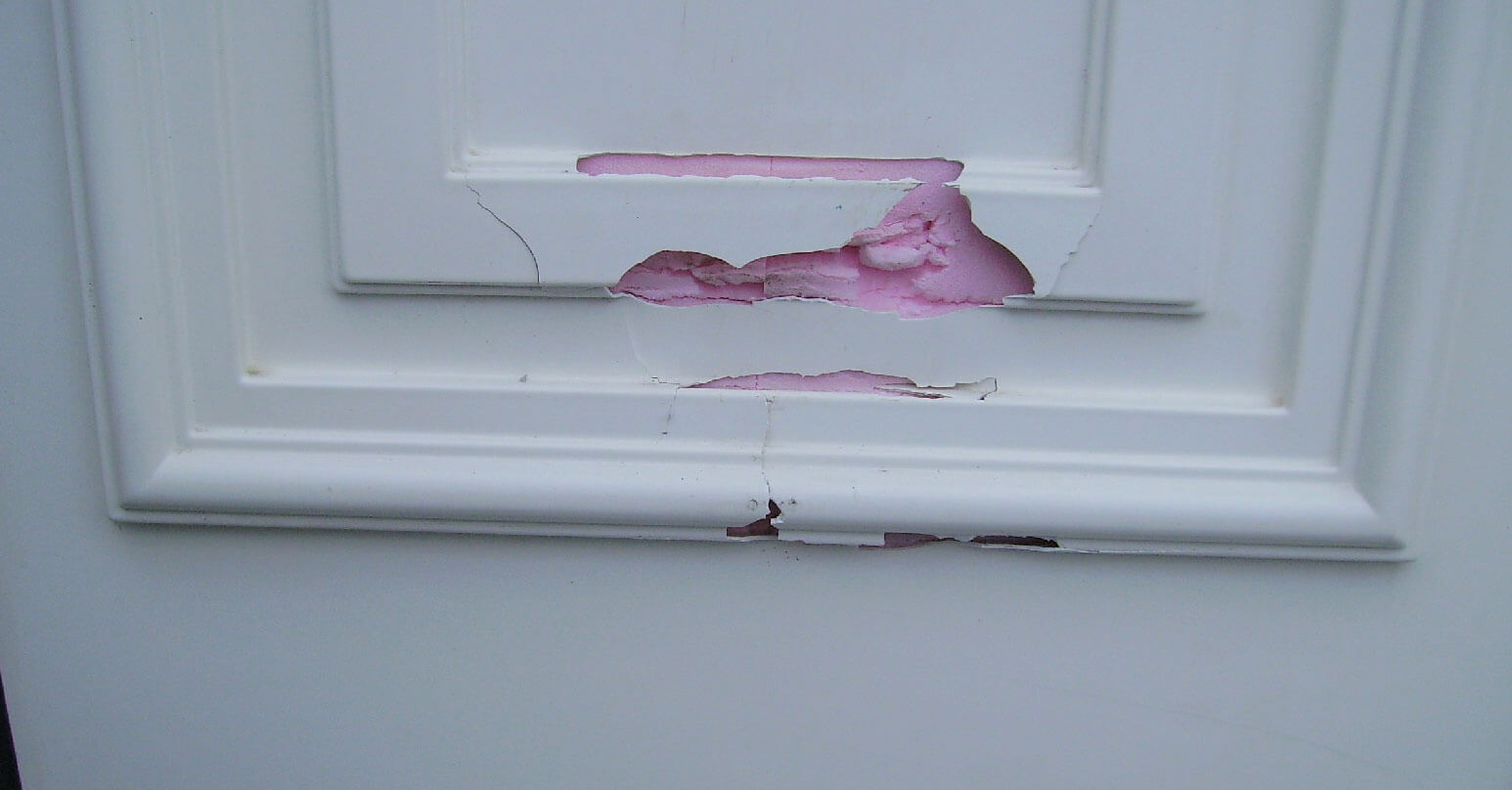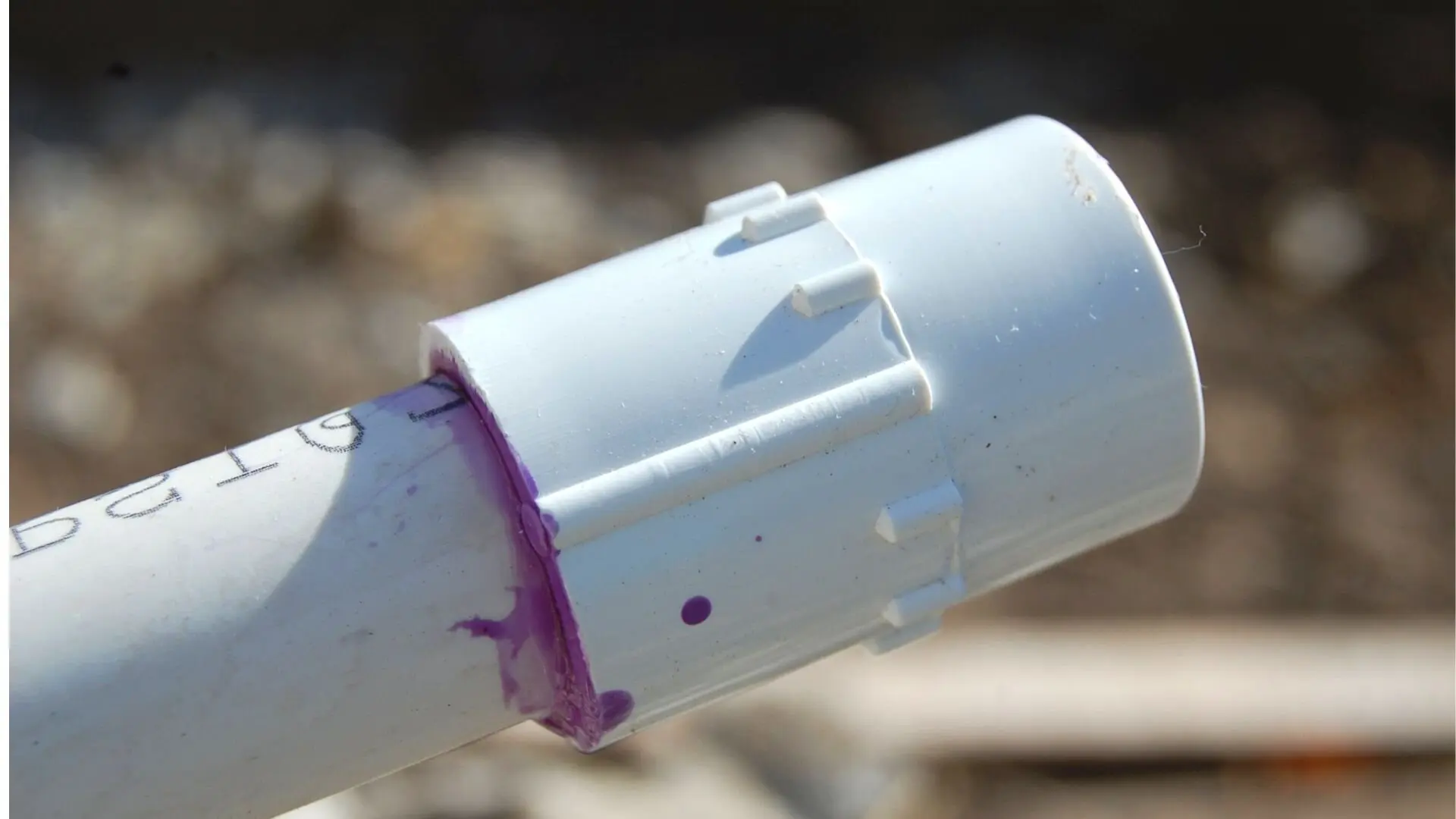Identifying the Problem: How To Fix Pvc Bathroom Door

PVC bathroom doors, while durable and moisture-resistant, can encounter issues over time. These problems can range from minor inconveniences to major repairs, and understanding the root cause is crucial for effective solutions.
Common PVC Bathroom Door Problems
Understanding the common issues associated with PVC bathroom doors is essential for pinpointing the problem and selecting the right fix. Here are some of the most frequent problems you might encounter:
- Warped Doors: A warped PVC bathroom door can make it difficult to open and close, and may even cause the door to stick or rub against the frame. This is often caused by exposure to moisture and temperature fluctuations, which can cause the PVC to expand and contract unevenly.
- Sticking Doors: A sticking door can be frustrating, and can be caused by a number of factors, including warped doors, swollen door frames, or debris caught in the door track.
- Broken Hinges: Broken hinges are a common problem with any type of door, but PVC bathroom doors are particularly susceptible to this issue due to the constant exposure to moisture and temperature changes. This can cause the hinges to corrode or become loose over time.
- Loose Handles: Loose handles can make it difficult to open and close the door, and can also be a safety hazard. This is often caused by wear and tear, or by improper installation.
Causes of PVC Bathroom Door Problems
Understanding the underlying causes of these issues is crucial for effective troubleshooting and repair. Here are some of the most common causes:
- Humidity: Bathrooms are inherently humid environments, and the constant exposure to moisture can cause PVC to expand and contract, leading to warping, sticking, and other problems.
- Temperature Changes: Frequent temperature fluctuations, especially in colder climates, can also contribute to warping and other issues.
- Improper Installation: Improper installation, such as using the wrong type of screws or failing to properly seal the door frame, can lead to a number of problems, including loose handles, broken hinges, and sticking doors.
- Wear and Tear: Like any other door, PVC bathroom doors are subject to wear and tear over time. This can manifest as loose handles, broken hinges, or worn-out seals.
Visual Cues for Identifying PVC Bathroom Door Problems
Observing visual cues can help you pinpoint the specific problem with your PVC bathroom door. Here are some examples:
- Warped Doors: A warped door will be visibly out of shape, and may have gaps between the door and the frame.
- Sticking Doors: A sticking door will be difficult to open or close, and may make a scraping sound as it moves.
- Broken Hinges: Broken hinges will be visibly damaged, and may be loose or wobbly.
- Loose Handles: A loose handle will feel wobbly when you try to open or close the door.
Fixing Common PVC Bathroom Door Issues

Now that you’ve identified the problem with your PVC bathroom door, it’s time to get to work fixing it. Here’s a guide to help you tackle some of the most common issues:
Warped PVC Bathroom Doors, How to fix pvc bathroom door
Warped PVC bathroom doors can be a real pain. They can stick, rub against the frame, and even make it difficult to open or close the door. The good news is that you can often fix a warped PVC bathroom door with a little bit of heat.
- A heat gun or hairdryer can be used to gently warm the warped section of the door. The heat will help to soften the PVC and allow it to be reshaped.
- Before you start heating, make sure to protect the surrounding areas with a heat-resistant material, such as aluminum foil.
- Use a low setting on your heat gun or hairdryer and avoid holding the heat in one place for too long.
- As the PVC warms up, gently apply pressure to the warped area, pushing it back into its original shape.
- Once the PVC has cooled, the door should be back to its original shape.
If you’re dealing with a particularly stubborn warp, you may need to repeat the process several times.
Adjusting Hinges to Fix a Sticking Door
Sticking doors can be a real annoyance, especially when you’re in a hurry. Luckily, a sticking PVC bathroom door can often be fixed by adjusting the hinges.
- Hinges are typically equipped with screws that allow you to adjust the door’s height, depth, and alignment.
- To adjust the door’s height, loosen the screws on the hinge that are closest to the door frame.
- If the door is sticking at the top, tighten the screws on the top hinge. If the door is sticking at the bottom, tighten the screws on the bottom hinge.
- To adjust the door’s depth, loosen the screws on the hinge that are closest to the door.
- If the door is sticking on the hinge side, tighten the screws on the hinge that is closest to the door. If the door is sticking on the opposite side, tighten the screws on the hinge that is furthest from the door.
By making small adjustments to the hinge screws, you can get your PVC bathroom door to close smoothly and without sticking.
Replacing a Broken Hinge
A broken hinge can make your PVC bathroom door unusable. But replacing a hinge is a relatively simple process.
- First, remove the broken hinge by unscrewing it from the door and the door frame.
- Take the broken hinge to a hardware store and purchase a replacement hinge that is the same size and type.
- Attach the new hinge to the door and the door frame using the screws that came with the new hinge.
- Make sure to align the hinge properly so that the door opens and closes smoothly.
Tightening Loose Handles and Screws
Loose handles and screws can make your PVC bathroom door feel unstable and unsafe. Fortunately, tightening these loose components is a quick and easy fix.
- Use a screwdriver to tighten any loose screws on the door handle.
- If the screws are stripped or damaged, you may need to replace them with new screws.
- Make sure to tighten the screws securely, but avoid overtightening, as this could damage the door or the handle.
Maintenance and Prevention

Just like any other part of your bathroom, your PVC door requires regular care and attention to keep it looking its best and functioning smoothly. Neglecting maintenance can lead to premature wear and tear, making your door more susceptible to damage and requiring costly repairs down the line.
Cleaning and Lubrication
Maintaining a clean and lubricated PVC bathroom door is essential for its longevity and functionality. Regular cleaning removes dirt, grime, and moisture that can accumulate over time, while lubrication ensures smooth operation and prevents squeaking.
- Regular Cleaning: Clean your PVC bathroom door at least once a month with a mild soap solution and a soft cloth. Avoid using harsh chemicals or abrasive cleaners that can damage the surface.
- Focus on the Tracks: Pay particular attention to the tracks where the door slides, as they tend to accumulate dirt and debris. Clean them thoroughly with a small brush or a vacuum cleaner with a crevice tool.
- Lubrication: After cleaning, apply a light layer of silicone-based lubricant to the tracks. This helps the door slide smoothly and prevents squeaking. Avoid using oil-based lubricants, as they can attract dust and grime.
Preventing Future Problems
Addressing potential issues early can prevent major problems and save you money in the long run.
- Inspect Regularly: Inspect your PVC bathroom door for any signs of wear and tear, such as cracks, scratches, or loose hinges. Address these issues promptly to prevent them from worsening.
- Proper Handling: Handle your PVC bathroom door with care. Avoid slamming it shut, as this can stress the hinges and cause damage.
- Maintain Proper Ventilation: Ensure adequate ventilation in your bathroom to prevent moisture buildup, which can damage the PVC door and cause mold growth.
How to fix pvc bathroom door – Nah, kalo pintu kamar mandi PVC-mu rusak, mending cepet diperbaiki. Ganti engselnya, atau mungkin ganti sekalian daun pintunya. Tapi inget ya, setelah pintu kamar mandi diperbaiki, jangan lupa untuk selalu ditutup rapat. Soalnya, keep bathroom door closed itu penting banget, bukan cuma buat privacy, tapi juga buat menjaga kelembaban ruangan.
Lagian, kan sayang kalo pintu kamar mandi udah diperbaiki, eh tapi tetep aja suka kebuka. Hehehe.
Nah, mendingin lo ngurusin pintu kamar mandi PVC lo dulu deh, daripada mikirin pintu bisa dibuka ke luar apa enggak. Emang sih, ada beberapa hal yang perlu dipikirin kalo mau buka pintu kamar mandi ke luar, kaya misalnya can a bathroom door open outwards , tapi intinya sih, kalo pintu PVC lo udah rusak, mendingin lo benerin dulu, baru deh mikirin mau buka ke mana.